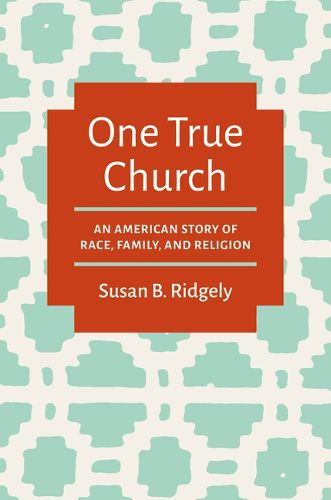Readings Newsletter
Become a Readings Member to make your shopping experience even easier.
Sign in or sign up for free!
You’re not far away from qualifying for FREE standard shipping within Australia
You’ve qualified for FREE standard shipping within Australia
The cart is loading…






In the summer of 1872, a white doctor and a formerly enslaved African American farmer walked through a field near Newton Grove, North Carolina, and mapped out the dimensions of a new clapboard church. The men, John Carr Monk and Solomon Monk, had been raised together on a nearby plantation. While neighbors attended newly segregated Protestant congregations, the Monks converted to Catholicism, which offered a framework of racial universalism. Alongside the church, the parish ran parochial schools for the area's Black and white children long before state public schools existed. But visits from night riders emphasized the congregation's threat to the social order. Despite these threats and others, the church used their common theology and local history to navigate the nativism of the 1920s and the bishop' s decision to segregate. Then, in 1953, the church community reintegrated. While the parish was far from a utopia, it embraced the daily struggle to embody the true church that its founders believed God desired. Drawing from archives, ethnographic observations, and the living histories of parish members, Susan B. Ridgely offers a rich understanding of the ongoing interplay of race, religion, and rural life in this parish, in North Carolina, and in the United States.
$9.00 standard shipping within Australia
FREE standard shipping within Australia for orders over $100.00
Express & International shipping calculated at checkout
In the summer of 1872, a white doctor and a formerly enslaved African American farmer walked through a field near Newton Grove, North Carolina, and mapped out the dimensions of a new clapboard church. The men, John Carr Monk and Solomon Monk, had been raised together on a nearby plantation. While neighbors attended newly segregated Protestant congregations, the Monks converted to Catholicism, which offered a framework of racial universalism. Alongside the church, the parish ran parochial schools for the area's Black and white children long before state public schools existed. But visits from night riders emphasized the congregation's threat to the social order. Despite these threats and others, the church used their common theology and local history to navigate the nativism of the 1920s and the bishop' s decision to segregate. Then, in 1953, the church community reintegrated. While the parish was far from a utopia, it embraced the daily struggle to embody the true church that its founders believed God desired. Drawing from archives, ethnographic observations, and the living histories of parish members, Susan B. Ridgely offers a rich understanding of the ongoing interplay of race, religion, and rural life in this parish, in North Carolina, and in the United States.